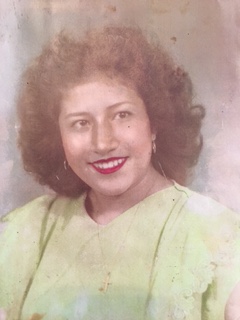TRANSCRIPTION
What do you remember about school, what was it like?
Oh! Not too much (chuckles), I didn't like school. It wasn't like today and how it's required that's for sure. I only went till the fifth grade but Anita (her sister) went till the eight-grade at Espada School.
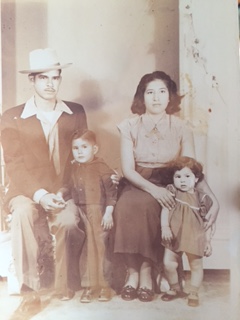
As a young woman in the late 1930's, what chores did you have and what did you do for fun? (What was there to do in San Antonio?)
Umm. After school me and my sisters would help clean the house and make supper, then go to work once we got older. Went to the drive in movies when we got married. My parents were strict about us going out anywhere especially with boys. We went to the river (San Antonio river) and swing from the trees in to the water.

Where would you go shopping for clothes and groceries?
We (her and her sisters) would help my mom sew and that's how we would get clothes, we didn't buy them at the stores. Downtown there was this store called Kress, that's where we would get our groceries. It was kind of like a Walgreens today maybe a little bigger.

How would you and your family get around and how would you get to school?
We had to use the bus to travel to the store and we would walk to school. My dad didn't have a car. Otherwise I would know how to drive (laughs).
What was downtown like and how do you think it has changed?
Still lots of tourists but way more today. The hemisphere park and the tower (Tower of Americas built in 1968) were the main attractions but now there's hotels and restaurants. (Did most people live downtown or did they live on the outskirts of town?) No most people lived either on the west side or the eastside; no one really lived in town.
What was your wedding like and where did you have it?
It was beautiful and it was at San Juan Capistrano church in 1949. Our reception was at a hall where the refinery is. It was a hall before then. (Calumet refinery)
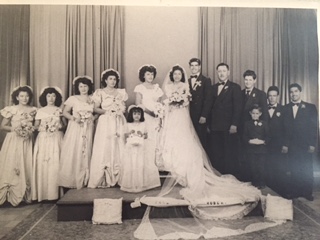
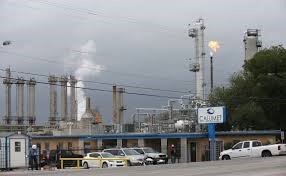
Do you remember the holidays and what were they like back then?
For Christmas we spent it in the house with my close family, and just here at the house is where we would spend new years. We popped lots of fireworks and there were no restrictions and no worries about the police (laughs) they were a lot cheaper then too.
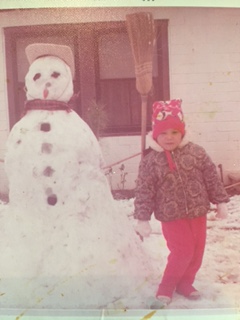
What kind of jobs did your parents have and did the Great Depression affect them?
My dad was in construction and my mother stayed home and did house work and yea he was affected and we had to get money from the state. "Relief", it helped out with food and some clothes. Anita (Her oldest sister) had to start working to help out. She worked at a corner store called Ralph James groccerie store.
Do you remember any discrimination towards you or other Mexicans?
(Nods her head in a yes manner) Harlandale and Hilltop is where all the whites were and we weren't allowed to go over there or go inside.
Did you know about the New London Explosion that occurred March 18, 1937 and were you scared to go to school?
No. (I explained to her what it was) No, all we had was newspapers, we didn't have radio or TV's and I didn't really read the newspaper.
Where did you work at and what did you do?
I worked at a laundry mat and I used to mark the clothes and they would send us their clothes in a bundle. I did that for eight hours a day.
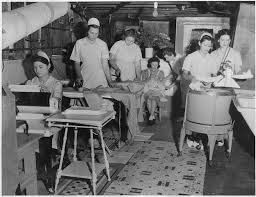
ANALYSIS
It was truly a blessing to have been able to do this project with my grandmother. This beautiful and wonderful lady who I've known my whole life but yet have only known so little of her past, has shown me that there was a lot more to her than I could even imagine. Although she was limited to the many things that I have experience and am lucky enough to have in my life, it would have never come to me if she had never been here. Also, even though it might seem that her role as a stay home mother seems like a long boring life, I assure you my grandmother has had an amazing life. A life full of love, happiness and way more grandchildren than she ever imagined. While interviewing her she reminded me why this life is so precious and that we should talk to more people who have a longer past than we do as young adults soon to enter the world after school. I've realized that simply talking to a person who has life long experience can surely teach you so much and if you are not too shy to ask, you never know what you'll learn.
Dominga Paula Gaitan (nee Urrutia) Timeline
- Born in October 13, 1929, in Adkin, Texas
- Sister Anita born in March 21, 1927, in Adkin, Texas
- Sister Yolanda born in December 6, 1933, in Adkin Texas
- Sister Maria born in August 4, 1937, in Adkin Texas
- Brother Arelliano born September 26, in Adkin Texas
- Brother Louie Salvador born in October 11, in Adkin Texas
- Attended San Juan Elementary school up till the 5th grade where she ended her education in 1939
- Worked first and only job at a Laundry Mat at the age of 16 for two years in 1945
- Marries Robert Gaitan at the age of 19 in August 28, 1949, in San Antonio, Texas
- Son David U. Gaitan born July 14, 1950, in San Antonio, Texas
- Daughter Dominga Paula U. Gaitan born in August 12, 1951, in San Antonio, Texas
- Son Michael U. Gaitan born in August 8, 1956, in San Antonio, Texas
- Daughter Delia U. Gaitan born in October 22, 1958, in San Antonio, Texas
- Son Gilbert U. Gaitan born in February 20, 1962, in San Antonio, Texas
- Son Richard U. Gaitan (my father) born in October 16, 1963, in San Antonio, Texas
- First Grandchild Rachel Gaitan Garza born in October 26, 1970, in San Antonio, Texas
- Last Grandchild born in March 30, 1991, in san Antonio, Texas
- Spouse Robert Gaitan passes away in November 17, 2011, in San Antonio, Texas at Medical Hospital
- Stay home mother from 1950 till present time
Return to Oral History Projects
